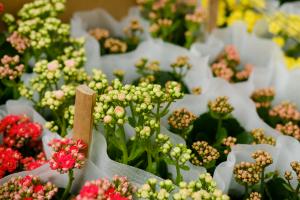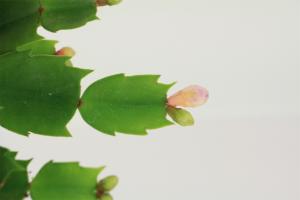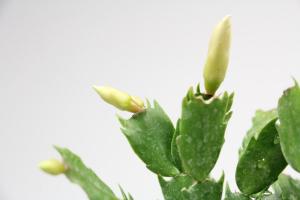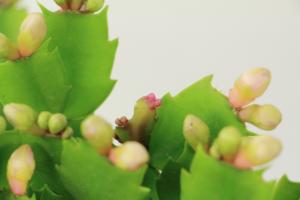Crab claw orchid grafted like this will blossom 100
If you want to have more flowers and a large amount of flowers, you'd better choose grafting

Operation steps:
1. You can choose cactus, leaf fairy and fire dragon fruit as rootstocks for grafting crab claw. But for flower friends in the north, if you graft with cactus, you'd better choose those cold resistant varieties, so that they won't freeze to death in winter
2. Use the sterilized knife to cut off the uppermost stem node of the cactus, and then find an iron nail that is not rusty. Use the sterilized iron nail to tie it down from the middle of the cut of the cactus. Remember to completely tie the whole iron nail into the cactus. Finally, take out the nail
3. Select the scion needed for grafting, that is, the leaf of crab claw. It is better to choose the leaves that are thicker and stronger, and keep 2-3 leaves, so as to improve the survival rate
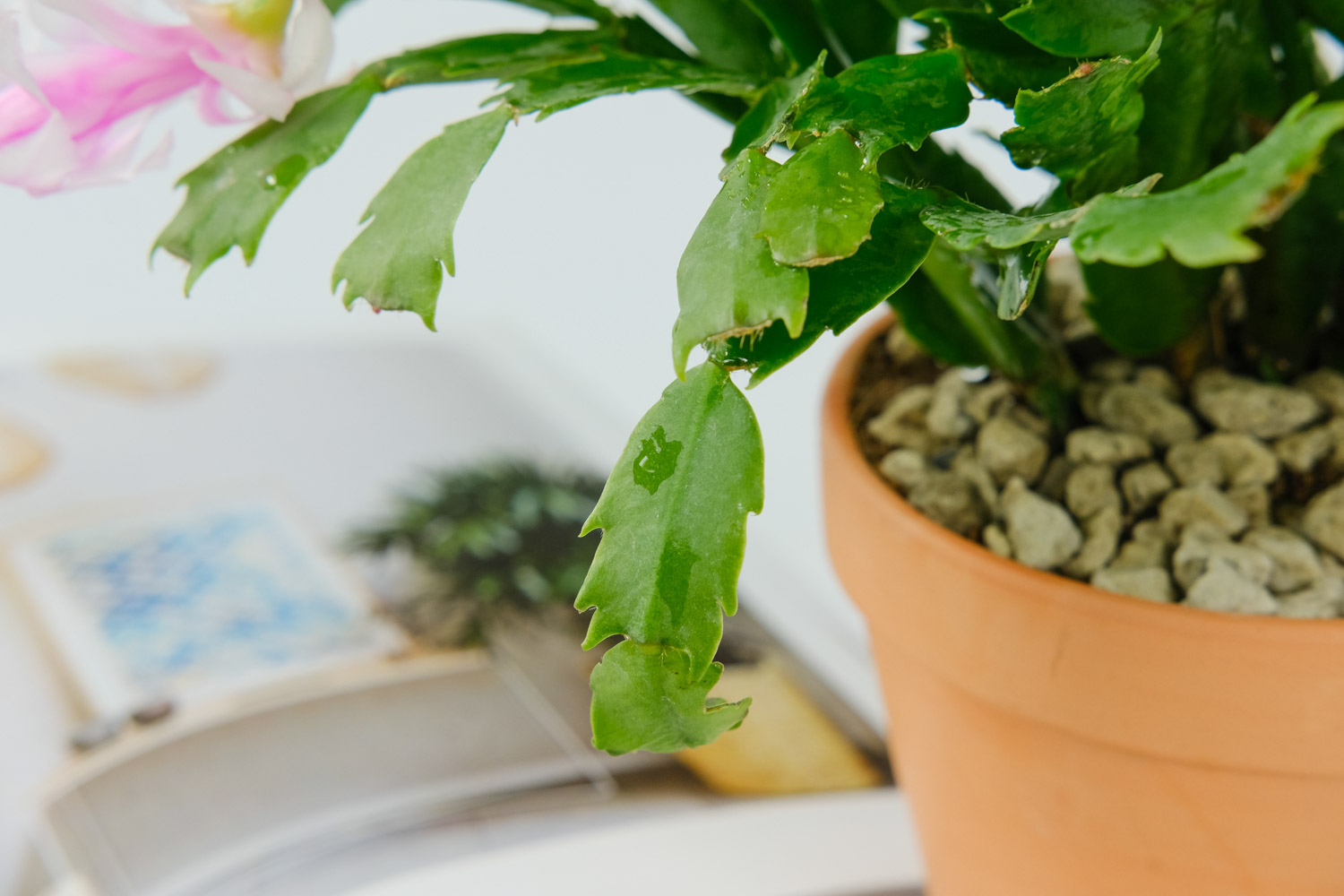
4. Use the sterilized blade to remove the left and right sides of the stem node at the lower end of the crab claw leaf, and the left part is about the width of the nail
5. Insert the treated crab claw branch directly into the interface pressed out by the cactus with iron nails. If you want to accelerate the healing of the wound, you can also seal the interface with wax. In this way, the grafting is successful
6. After grafting, put the crab claw orchid in a cool and ventilated place, receive sufficient scattered light, and don't rush to water. About half a month later, if the crab claw orchid does not wilt, it is basically a successful grafting
7. In this way, the interface of crab claw orchid grafted is relatively small, the probability of bacterial infection is reduced, and the survival rate of grafting will be greatly increased. In the future, as long as we maintain well and apply more fertilizer, we will soon be able to make more flowers of crab claw orchid
Longevity flower is so grafted that it will no longer be black rot
The longevity flower at home is not well raised, and a large part of it is caused by black rot! So it's better to graft with Yushu. It's hard to get black rot for the longevity after grafting with Yushu
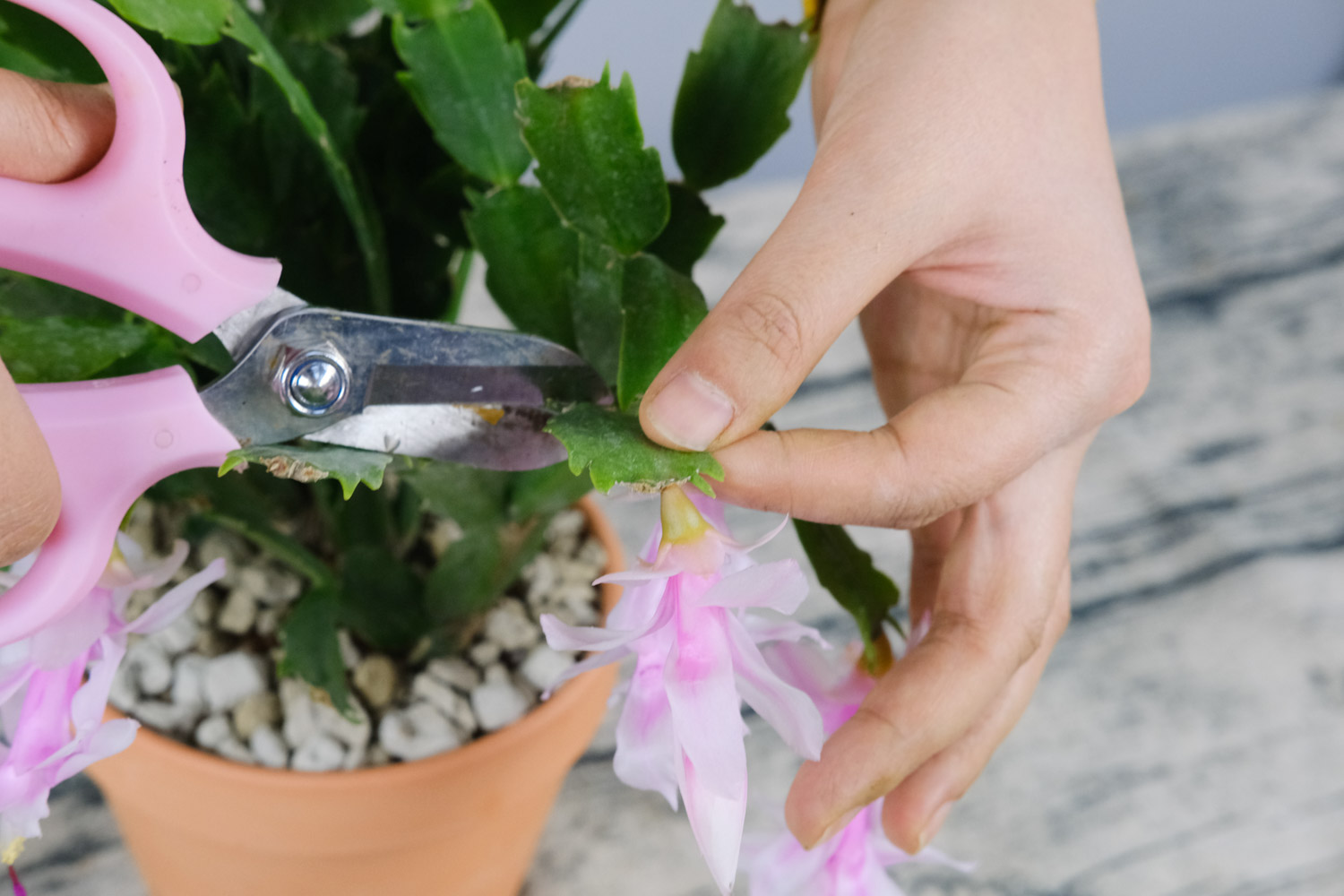
Operation steps:
1. Tools needed to prepare grafting: sharp knife, alcohol and plastic wrap, small clip
2. Find a jade tree needed for grafting. Why use jade tree to graft? Because the leaves of Yushu are plump and evergreen all the year round, it is very drought resistant. It is a very ideal grafting rootstock for longevity flowers that are particularly prone to black rot
3. First disinfect the knife with alcohol, then find a non lignified branch on the jade tree, cut off a section of branch with a knife, then cut it in the middle and cut it with 2 knives to cut the branch into a V-shaped incision
4. Select the robust longevity flower branch, cut the lower end of the longevity flower branch into a duck mouth shape, and then directly insert it into the Yushu branch
5. In order to make the wound heal faster, wrap the interface with a plastic bag, and then gently clamp it with a small clip
6. Place the grafted longevity flower in a cool and ventilated place. There is no need to water during this period. Observe it after about 15-20 days. If the leaves of longevity flower do not wilt, it is basically grafted and survived
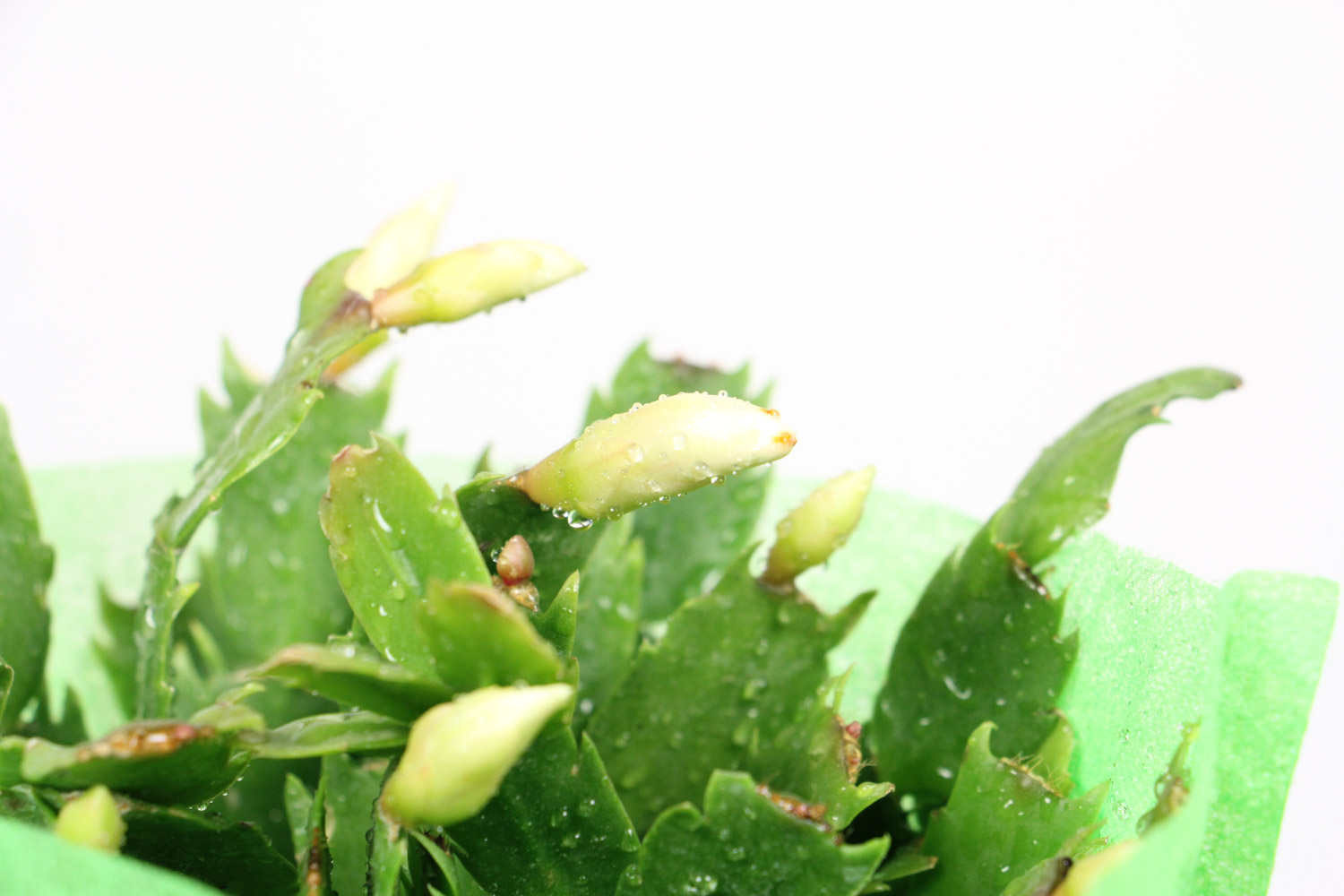

 how many times do yo...
how many times do yo... how many planted tre...
how many planted tre... how many pine trees ...
how many pine trees ... how many pecan trees...
how many pecan trees... how many plants comp...
how many plants comp... how many plants can ...
how many plants can ... how many plants and ...
how many plants and ... how many pepper plan...
how many pepper plan...
